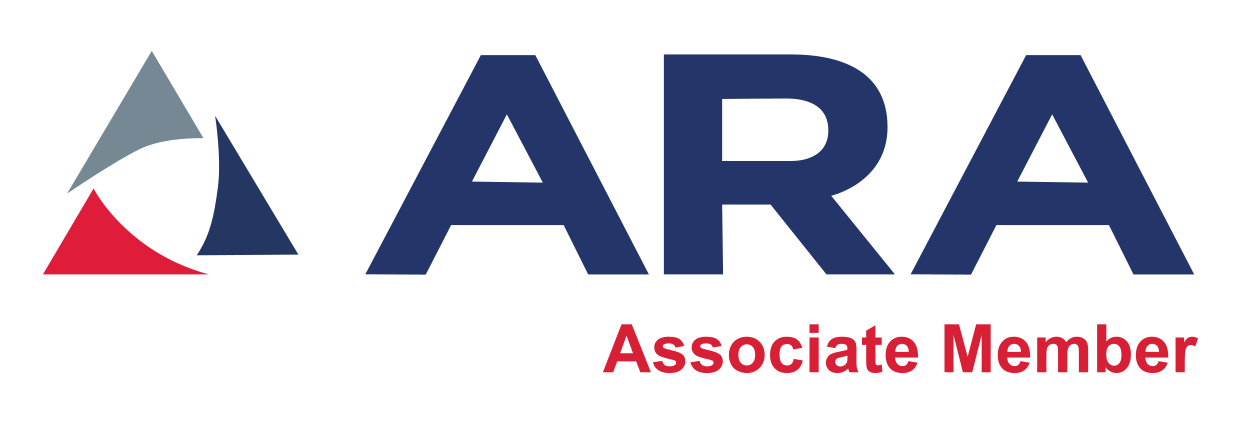Telematics has informed and changed the way construction companies operate. The earliest fuel and engine monitoring devices have inspired increasingly sophisticated asset reporting and protection systems. The newest devices have the potential to:
- Reduce liability concerns
- Support worker safety
- Protect equipment value
- Increase equipment uptime
- Increase equipment resale value
Moving forward, devices that monitor equipment and provide comprehensive inspection reports could potentially be used (more routinely) to negotiate lower rates with insurance providers. One can argue that a company that provides comprehensive inspection reports, proof of regular maintenance and even emergency response records deserves “preferred” insurance status.
Maintaining accurate records can reduce repair costs, especially since diagnostics are simplified via comprehensive recording of repairs and inspections. Construction companies that rent rather than own cranes and other high-value equipment will increasingly request equipment that is equipped with telematics. The leasing company, too, is likely to value the records those telematics supply, to support the goal of maintaining equipment’s value for continued leasing or eventual sale.
Telematics, combined with an active and responsive maintenance program, can increase the time equipment can spend engaged in the field. When a fleet manager can schedule routine maintenance as well as quickly respond to any repair concerns identified in the field, downtime can typically be reduced.
Both workers and management stand to gain in a telematics-rich environment. Advanced telematics, including our own company’s new KeyPOD system, help monitor potential safety concerns. Management can require that only operators who are properly trained and/or licensed can operate the equipment, and telematics help assure worker compliance.
On sites where only properly maintained equipment is operated only by authorized personnel, it’s easy to see how job site efficiency and worker safety can be enhanced.

